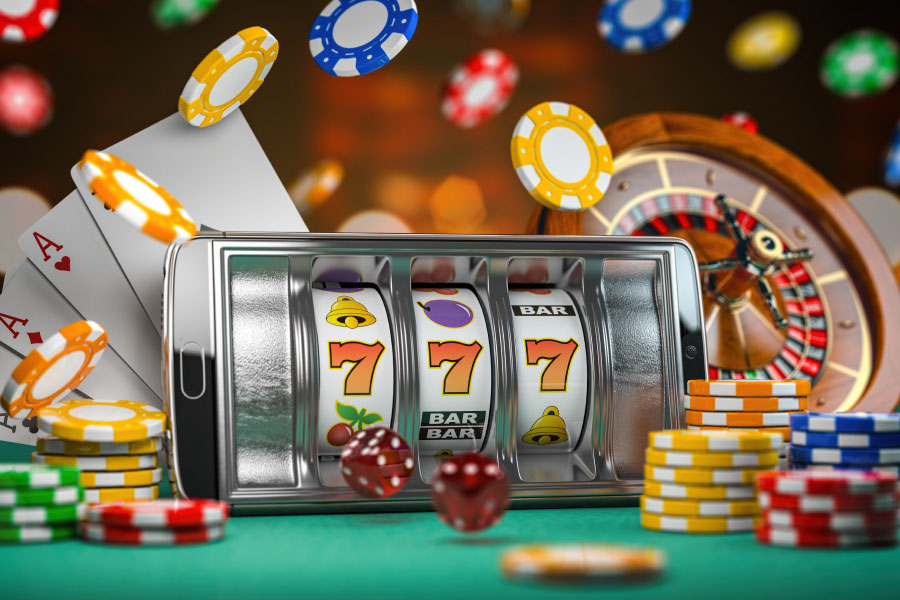
In the vibrant world of gambling betting, the rush of the game is often interlinked with an interesting strategy known as bluffing. While many may connect bluffing primarily with poker, its tenets can translate to different betting contexts encountered in gambling establishments. The capacity to mislead opponents and create uncertainty can play a crucial role in maximizing one’s odds of success. Whether you are sitting at a 21 table or engaging in a spirited game of cards, comprehending the craft of bluffing can elevate your gaming experience and refine your overall strategy.
Deception is not merely about showing a false front; it involves a nuanced understanding of your competition and the mechanics at play. Skilled players will often evaluate their rivals’ responses, analyze betting habits, and modify their gameplay accordingly. In this realm, confidence and intuition become as essential as the hand in your hand. As we explore deeper into the techniques and details of bluffing in casino betting, we will discover how honing this skill can turn the tide in your advantage, making every wager not just a risk, but a strategic dance of deception.
spintax
### Understanding Ambiguity Strategies
Deceiving is an essential skill in gambling wagering, enabling players to shape their competitors’ perceptions and judgments. At its heart, bluffing consists of presenting a better or advantageous position than what one genuinely has. Proficient bluffing requires a mix of mental acuity, acute observation skills, and a thorough understanding of the game mechanics. Players must assess not only their individual hands but also the tendencies and actions of their competitors to create believable narratives.
One powerful technique in bluffing is the selective use of stake patterns. By altering bet sizes and making well-timed raises, a player can create doubt in their rivals’ minds. For example, a sudden jump in bet size can signal strength, while a smaller, inconspicuous wager may lead opponents to assume there is room for negotiation. This control of betting behavior forces opponents to doubt their hands and can lead to blunders, ultimately allowing the bluffer to gain the edge.
Furthermore, nonverbal communication and table demeanor play critical roles in bluffing. Assured players are often more persuasive, regardless of the strength of their hand. Sustaining eye contact, controlled breathing, and untroubled posture can all contribute to an aura of self-reliance. Conversely, tense habits such as twitching or avoiding eye contact can give away the true state of one’s hand. Understanding these subtleties is essential for not only executing a bluff effectively but also for recognizing when others are attempting the similar tactic.
Psychology Behind Gambling Betting
Casino wagering attracts individuals not only for the excitement of the game but also for the intricate psychological factors that play a role in decision-making. The excitement of winning, coupled with the expectation of possible outcomes, creates an emotional experience that can significantly impact a gambler’s journey. The rush of excitement that accompanies a big wager can cloud decision-making, leading to decisions driven more by feelings than reason.
Additionally, interpersonal influences can shape actions in a casino environment. The sight of fellow gamblers, the sounds of successful machines, and the atmosphere filled with energy can create a sense of connection and community. This social dynamic can lead people to take greater chances, often pushing them to bet larger amounts than they typically would in a more alone setting. Being of the gambling culture can amplify the urge to chase losses or maintain a winning streak.
Lastly, the concept of loss avoidance plays a key role in gambling betting psychology. Players often find it more difficult to lose funds than they find it enjoyable to win the same amount. This emotional response may cause players to gamble more in an attempt to recover their losses, leading to a potentially destructive cycle. Grasping these psychological aspects can help gamblers recognize their behaviors and make better thoughtful decisions at the tables.
Techniques for Successful Bluffing
To effectively bluff in betting poker, understanding your opponents is crucial. Observing their wagering habits and psychological cues can give you important insights into their advantages and weaknesses. For instance, if a player often fold quickly when faced with high bets, you can leverage this behavior to your advantage. Creating a story with your wagering patterns can mislead opponents into thinking you have a stronger hand than you actually do. BETFLIK665
A further key strategy is to select the best moments for bluffing. Timing can make all the distinction between a successful bluff and a costly mistake. Ideally, you should bluff when the board shows possibilities that could back a strong hand. For example, if the community cards are favorable for straights or flushes, your bluff may be much stronger. Utilizing late positions can also improve the chances of a successful bluff, as it gives you to gauge your opponents’ responses before making your move.
In conclusion, ensuring a harmonious play style is crucial for successful bluffing. If you bluff too often, opponents will notice and call your bets more often. Conversely, if you infrequently bluff, your few bluffs may be not as strong. Striking a balance between strong plays and strategic bluffs guarantees that your opponents are unsure about your betting patterns, making it challenging for them to figure out when you are truly strong or merely bluffing. This variability is a crucial element of success in casino poker.
